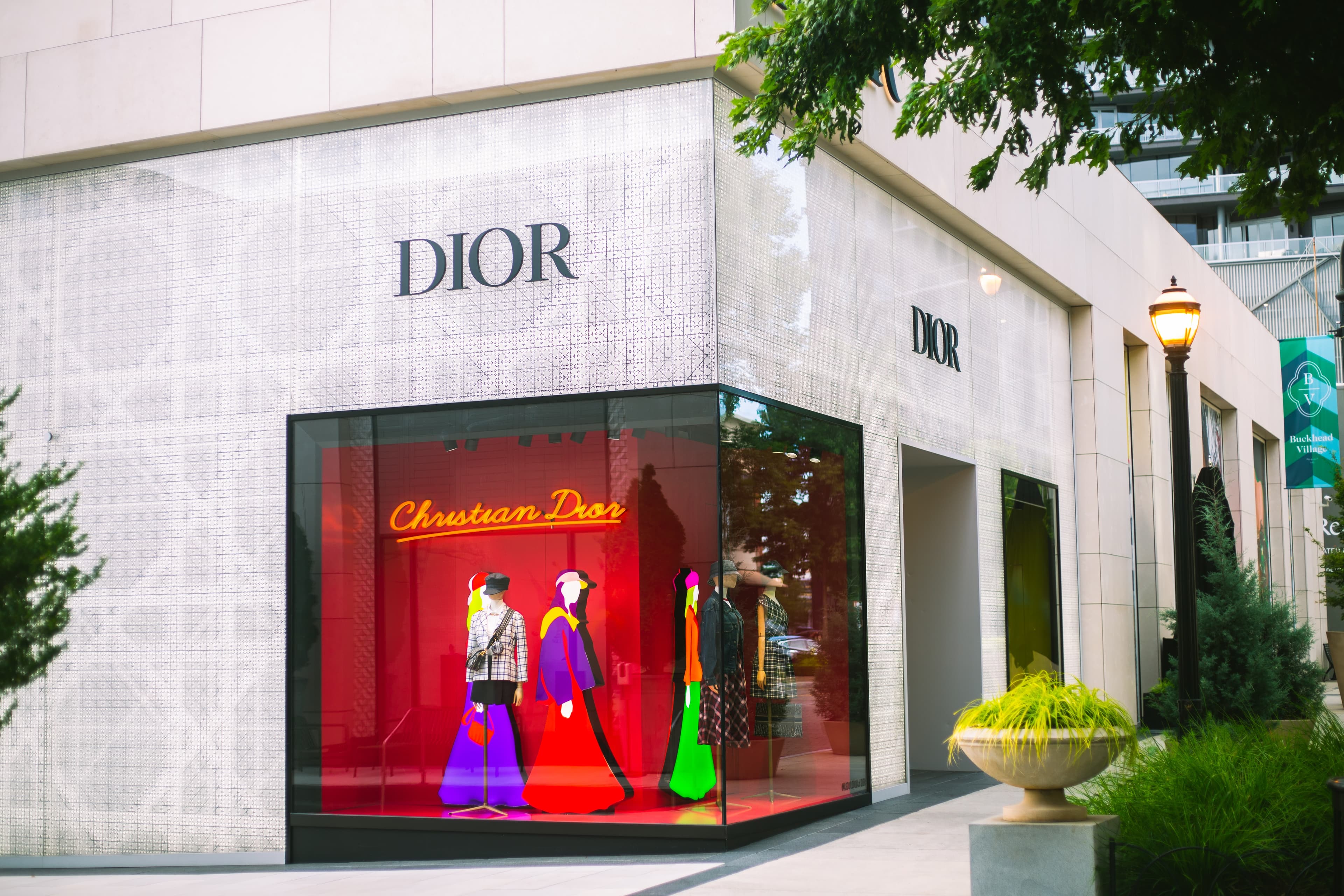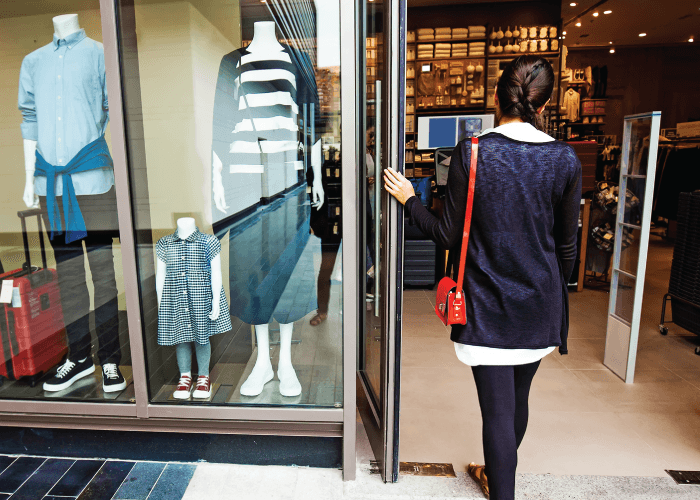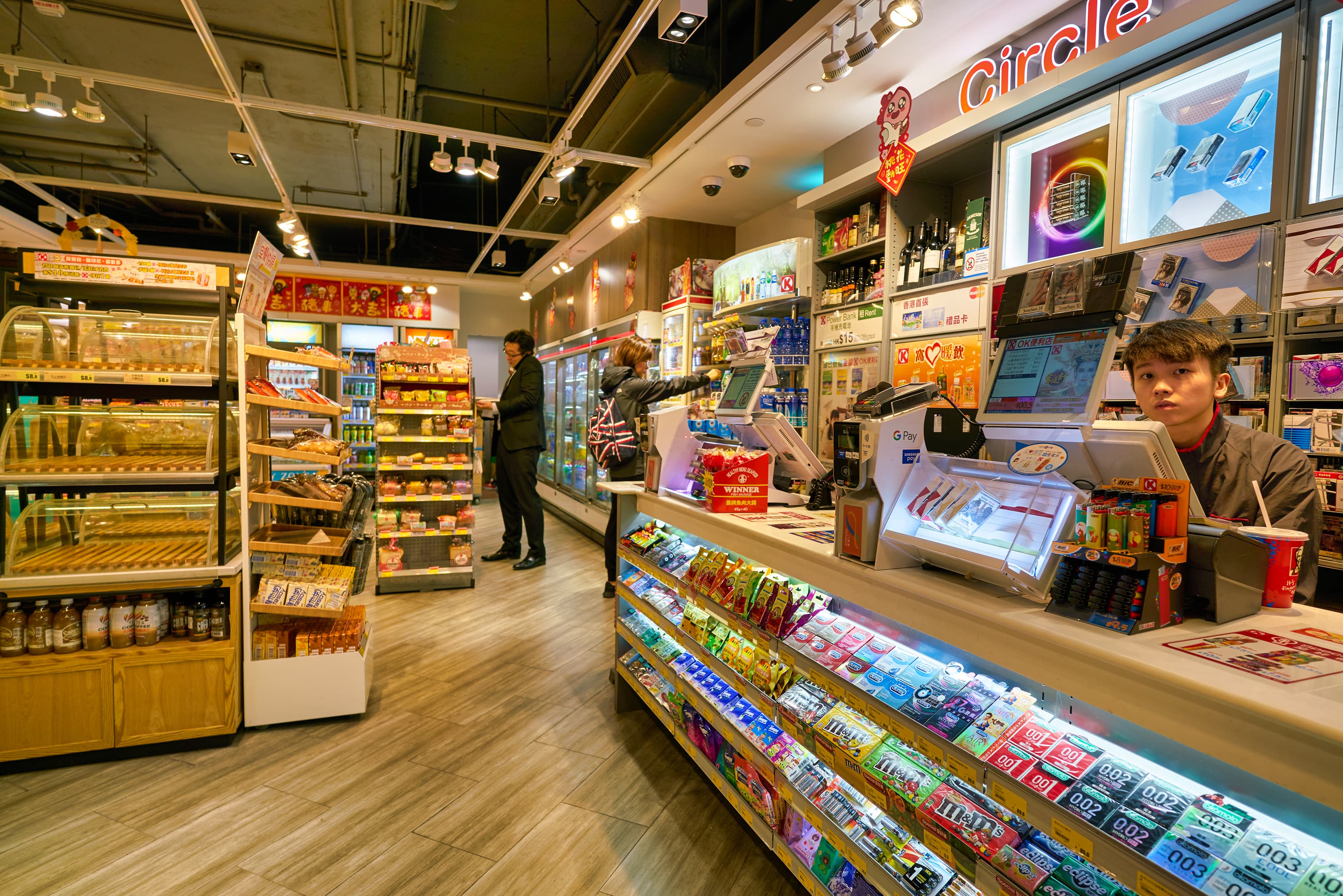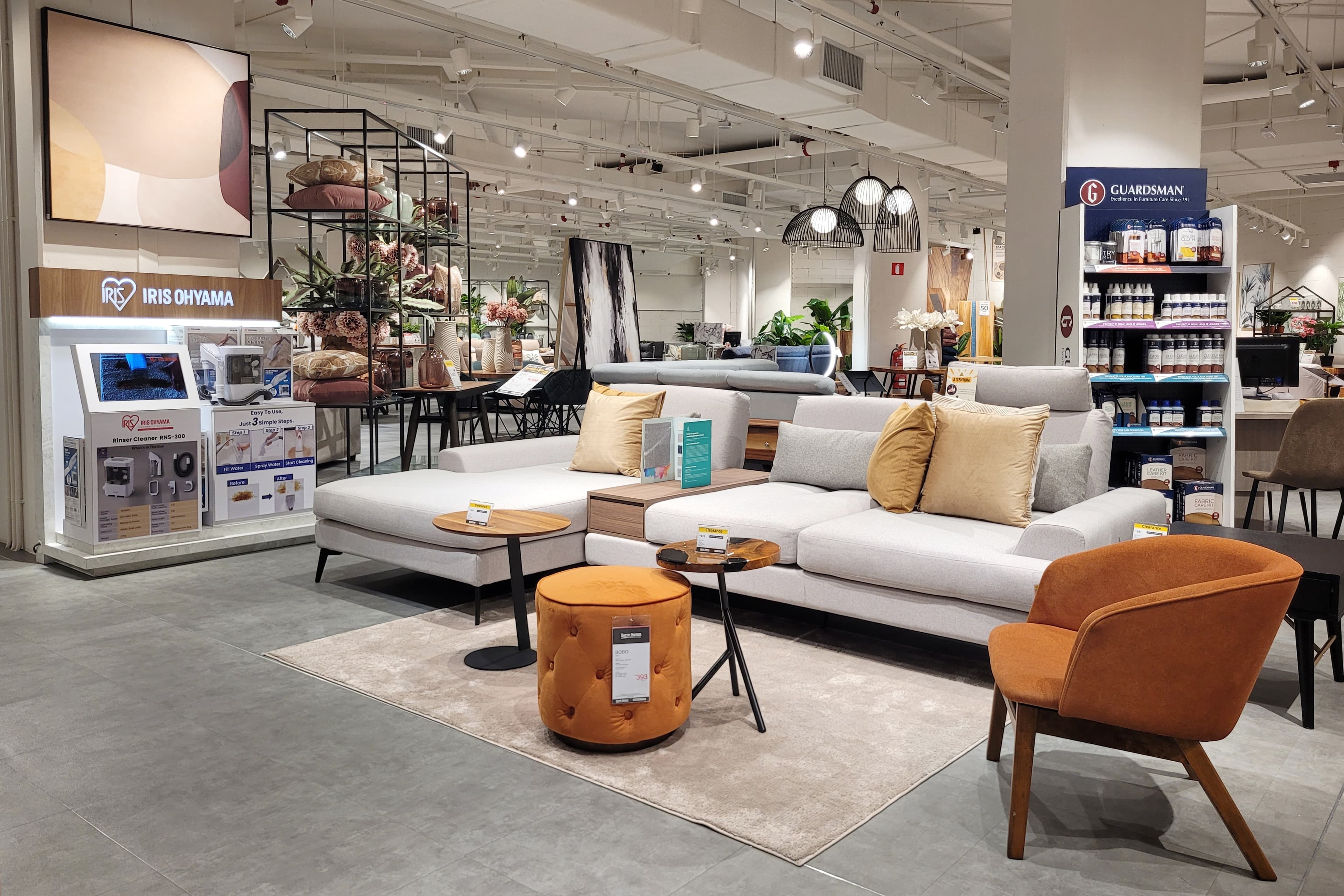The Basic Principles Of Visual Merchandising

On this page
In the competitive world of retail, attracting and retaining customers is an art that successful brands have mastered through effective visual merchandising. Visual merchandising goes beyond simply displaying products on shelves; it's about creating an immersive and enticing shopping experience that captures the attention of potential customers.
In this blog post, we will explore the fundamental principles of visual merchandising, including store layout, window displays, organization, and catering to customers' preferences. We will also provide real-life examples from leading brands.
READ MORE: What Lies Ahead For Retail Media Networks In 2024
Design To Audience Tastes
Understanding and catering to customers' tastes is a cornerstone of successful visual merchandising. Nike, for instance, has mastered the art of connecting with its diverse customer base. By personalizing in-store experiences through customizable products, interactive displays, and athlete endorsements, Nike ensures customers feel a personal connection to the brand.
Invite customer feedback in stores and online to better understand what they prefer and why. This extends beyond display windows and into store layout. Ask customers what works and what doesn't. Try to understand what makes your brand memorable and what you can do better; then, you're well on your way to crafting the ultimate shopping experience.
👉 Tip: Use data analytics to understand customer demographics and tailor your merchandise and displays accordingly.
Mastering Store Layout
The layout of a store plays a pivotal role in guiding customers through their shopping journey. Major brands understand the importance of an intuitive and aesthetically pleasing store layout. Take Apple, for example. Apple stores are designed with an open layout, encouraging customers to interact with products and fostering a sense of exploration. The strategic placement of product tables and demo stations allows for easy navigation and a hands-on experience.
👉 Tip: Consider the flow of foot traffic, highlight key products strategically, and create designated zones for specific categories.
Window Display 101
A compelling window display can differentiate between a potential customer walking by and entering the store. Luxury brands like Louis Vuitton are known for their elaborate window displays that tell a story and showcase the brand's essence. These displays pique interest and set the tone for the overall shopping experience.
Luxury retail is generally regarded as the leader on this front. Designer brands treat window displays like art exhibitions curated to thrill and delight shoppers. While this is costly, there are lessons to be learned no matter the size of your retail business: embrace your brand's unique voice, be bold, and focus on the entertainment factor.

👉 Tip: Change window displays regularly to keep things fresh and align them with seasons, holidays, or promotional events. Refreshing the window look and feel will keep passersby intrigued and may compel them to come inside the store to learn more about the latest products or campaigns.
READ MORE: Understanding 'Hyperphysical' Luxury Retail
The Power Of Organization
An organized store not only enhances the shopping experience but also makes it easier for customers to find what they're looking for. The Japanese retail giant, Muji, excels in minimalistic organization. Their products are displayed in a clean and simple manner, promoting a sense of order and tranquility. Muji's approach proves that simplicity can be a powerful tool in attracting customers.
👉 Tip: Prioritize clear signage, intuitive product placement, and consistent shelving to create an organized and visually appealing space. Moreover, consider how customers will move through the store, then use this to map a logical flow when designing shelf, promotion, and product placement.
Retail is an ever-changing industry where visual merchandising plays a vital role in helping brands stand out and create lasting impressions on their customers. Brands can achieve this by focusing on store layout, window displays, organization, and customer preferences. By adopting these practices, major brands set high standards of excellence in the field, which can help retailers increase customer footfall, boost their sales, and build a loyal customer base. Ultimately, these factors contribute to long-term success in the dynamic world of retail.
About the author:

Emma Miller




